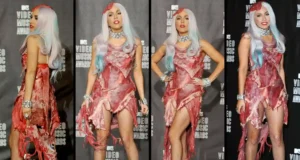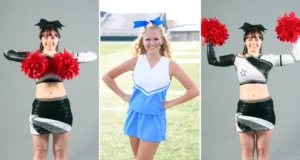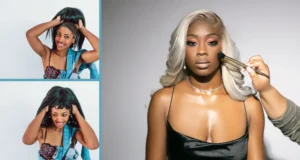Have you ever thought about why white girls wear dreadlocks? Actually, many factors may contribute to white girls choosing to wear dreadlocks. Some see it as an outlet for creativity and self-expression. Dreadlocks let them show their individuality through a different hairstyle. They view dreads as simply a hairstyle that anyone can adopt if they want to.
Others embrace the countercultural or spiritual aspects related to dreadlocks. Dreads have long been tied to Rastafarianism and spiritual movements that reject conformity. Some white girls may style dreads to show they do not follow conventional styles.
Some white girls may genuinely appreciate and want to participate in dread cultures that historically created dreads. Yet, many people feel white people wearing dreads is an appropriate aspect of black culture.
Dreadlocks have deep historical and spiritual significance for people of color. Adopting them could be seen as misguided or inappropriate.
Still, others argue any race can wear dreads responsibly. What matters is the intent behind sporting the hairstyle. If done in a respectful way that celebrates rather than exploits cultures that pioneered dreads, then any race wearing them could be acceptable.
Here are the reasons why white girls wear dreadlocks according to their different viewpoints.
Why do white girls wear dreadlocks

Expressing individuality and style
Some girls that have dreadlocks do so for individual expression. They can style the dreads how they prefer to show who they are. By wearing dreadlocks, these girls intend to express their creativity and uniqueness through their hairstyle.
Though it can signify self-expression, dreadlocks originate from black culture. Some may view white girls wearing dreadlocks as cultural appropriation instead of appreciation.
Additionally, natural hair discrimination against black people with dreadlocks remains an issue. Policies that restrict dreadlocks mainly impact people of color.
It’s important to consider these complex cultural issues before adopting dreadlocks. More needs to be done to accept natural black hairstyles first. Then, others can wear dreadlocks in a respectful way that celebrates rather than exploits cultures that pioneered the hairstyle.
Overall, dreadlocks on white people without thinking about cultural roots can seem insensitive.
Attracted to the cool aesthetics
Some white girls who sport dreadlocks may simply like how they look and find them visually appealing. They are drawn to the style and see dreadlocks as a fashionable hairstyle option.
Though aesthetics may motivate these girls, dreadlocks’ cultural history and origin cannot be ignored. Dreadlocks have deep roots in black cultures and civilizations dating back millennia.
For this reason, some view white people wearing dreadlocks as inappropriate cultural appropriation instead of appreciation.
Before adopting dreadlocks mainly for their look, it’s essential to understand their much larger significance for people of color. White women need to acknowledge the possible insensitivity of styling a hairstyle so meaningful within black communities.
Wearing dreadlocks just because they look cool without knowing what they represent ignores their importance to minorities.

Appreciating or appropriating cultural influences
While some white girls with dreadlocks say they want to appreciate cultures that created locks, many argue this is actually cultural appropriation. Though these girls may have good intentions, wearing dreadlocks without understanding their deeper meaning can be insensitive.
There is a fine line between appreciation, which involves respectful exchange, and appropriation, which exploits another culture. Even if white girls admire dreads, styling this hairstyle can reinforce unequal power dynamics that marginalize black people.
For centuries, black people with dreads have faced stigma and discrimination. Yet, white people wearing dreads may not experience the same prejudice.
Instead of comfortable taking on dreads, white girls should reflect on how cultural appreciation could commodify or trivialize aspects of minority cultures. They must consider whether adopting dreadlocks erases their history within black communities.
By wearing dreads solely to participate in another culture, white girls run the risk of superficial engagement that does not honor dreads’ complex meanings.
Outward expression of spiritual beliefs
While some white girls say wearing dreadlocks allows them to express their spirituality, it is important to recognize this hairstyle’s religious and cultural history. Dreadlocks have deep spiritual significance in religions like Rastafari and Hinduism that predate their adoption by white cultures.
Before styling dreadlocks as a spiritual style, white girls must learn about and respect their religious origins. They should seek to understand how dreadlocks function as a physical manifestation of faith within cultures that pioneered them. Wearing dreadlocks as a spiritual fashion trend may disregard their importance in minority religions.
For white girls to appropriately adopt dreadlocks for spiritual reasons, they must approach the hairstyle with cultural humility. This involves respectfully learning about dreadlocks’ spiritual history and meanings for originating cultures.
Only through meaningful engagement and understanding can white girls wear dreadlocks in spiritually aligned ways that honor – rather than appropriate – cultures where they hold deep religious significance.
Embracing counter-cultural ideals
Some white girls choose to wear dreadlocks to show defiance against mainstream culture. Dreadlocks have a long history with countercultural movements like hippies, punks, and Rastafarians. These movements generally reject cultural rules and usual ways of doing things. They embrace different lifestyles and beliefs.
In this way, dreadlocks can symbolize non-conformity and go against the system. By wearing dreadlocks, some white girls intend to express that they do not accept all conventional values. They want to demonstrate a lifestyle outside what is seen as standard or regular.
The white girls likely believe dreadlocks help them convey their rejection of parts of the dominant culture. They see dreadlocks as a symbol of their counter-cultural identity and views.
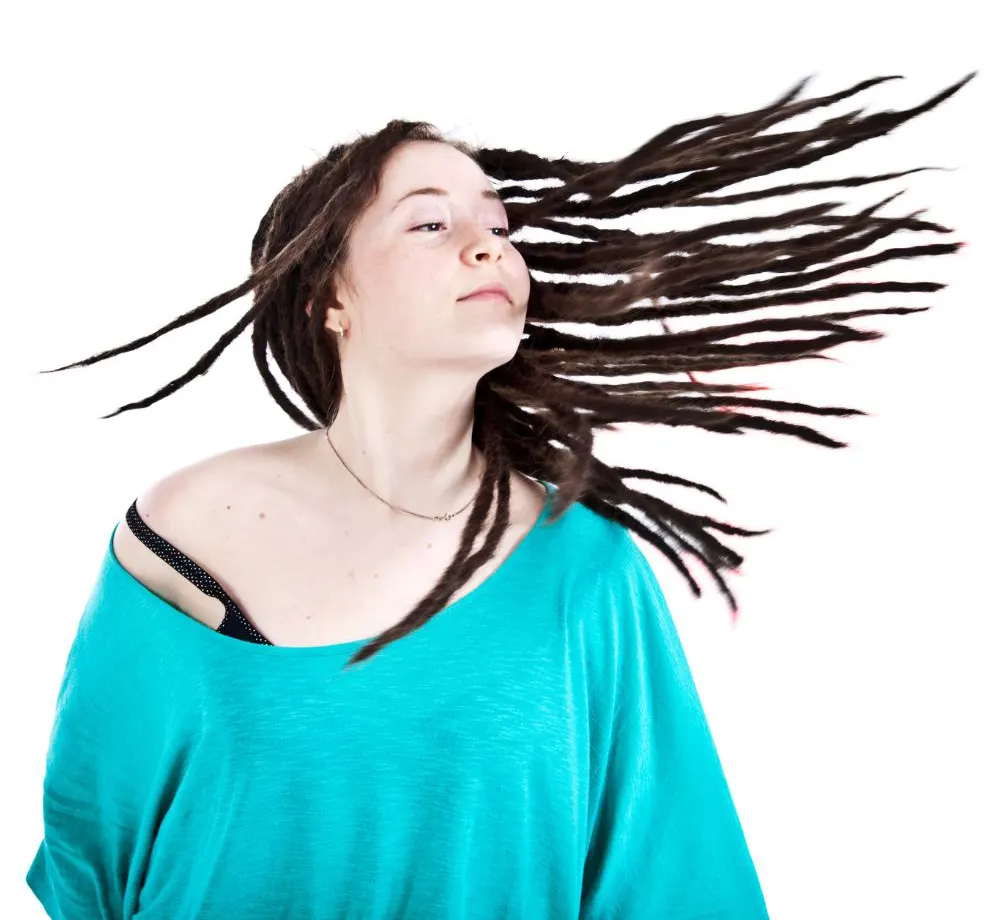
Rebelling against societal norms
Some white girls choose to wear dreadlocks to express rebellion against society’s norms. Dreadlocks are traditionally seen as a rebellious hairstyle with roots in countercultural movements.
However, it’s important to recognize the spiritual and cultural significance of dreadlocks in different religions and cultures and approach these traditions sensitively.
It’s also essential to consider the implications of non-black individuals wearing dreadlocks, as it could be seen as cultural appropriation that upholds unequal power dynamics.
White girls intend to signify their defiance of societal conventions by donning dreadlocks. They desire to show a nonconformist spirit that goes against what is deemed acceptable.
Expressing non-conformity through hairstyle
Some white girls choose dreadlocks as a hairstyle to communicate non-conformity. Dreadlocks let the girls go against straight or curled hairstyles considered standard. Dreadlocks have long been associated with not following social norms.
However, it is important to understand the cultural and spiritual importance of dreadlocks in different cultures and religions. The white girls must approach dreadlocks with respect and care.
The girls intend to show they reject conforming to mainstream beauty standards by wearing dreadlocks. The girls desire to express their refusal to follow conventional hairstyles.
Did white cultures have dreadlocks?
There is evidence that various white cultures and civilizations had dreadlocks throughout history. The practice of dreadlocks dates back thousands of years and has occurred in cultures across Europe, Africa, Asia, and the Pacific.
Some of the earliest depictions of dreadlocks come from the Minoan civilization in Europe, dating back to around 1600-1500 BCE. Dreadlocks later appeared in ancient Egypt, Germanic tribes, Vikings, early Christians, and aboriginal groups in Australia and New Guinea.
While dreadlocks have a long and widespread history, it’s important to approach the hairstyle with respect and sensitivity for its cultural and spiritual meanings in different societies. The hairstyle holds deep symbolic and religious significance for many groups, especially those who created and traditionally practiced dreadlocks.
When adopting dreadlocks from another culture, people should research and understand the original context and importance of the hairstyle to avoid misunderstandings or disrespect.
Just because dreadlocks occurred in various white cultures does not minimize their cultural weight for other groups. People of European descent who wear dreadlocks today should recognize that the hairstyle has taken on new meanings, especially for Rastafarians and people of African descent, for whom dreadlocks can signify resistance to oppression.
White individuals who decide to wear dreadlocks need to do so responsibly, with awareness of potential implications for how the hairstyle is perceived in the current social context.
In summary, yes, many white cultures had dreadlocks throughout history. But that history does not negate the cultural and spiritual importance of dreadlocks for non-white groups today.
Did early Christians have dreadlocks?
There is evidence that some early Christians wore their hair in dreadlocks. Several reasons contributed to this practice:
- Setting themselves apart
- Early Christians kept their dreadlocks to distinguish themselves as consecrated people committed to their faith visually. Dreadlocks signaled they had separated from Roman pagan society.
- Biblical figures
- The Bible describes figures like Samson and John the Baptist with hair resembling dreadlocks. Samson’s seven locks of hair gave him strength, showing hair type could hold spiritual significance. Early Christians may have emulated these Biblical figures.
- Asceticism
- Dreadlocks fit with the ascetic lifestyle that some early Christians embraced to demonstrate a denial of worldly things. Not cutting or tending their hair represented a disregard for physical appearance and comfort in pursuing spiritual goals.
- Spiritual Significance
- Dreadlocks likely took on symbolic meanings for early Christians, representing virtues like chastity, temperance, and self-control that they sought to cultivate. Long, matted hair demonstrated spiritual discipline and commitment.
However, evidence for dreadlocks among early Christians comes mostly from historical accounts, scriptural references, and artwork – not many firsthand descriptions exist. It remains unclear how widespread the practice was or what form these dreadlocks took. But depictions of figures like St. Paul frequently show him with matted hair resembling dreadlocks.
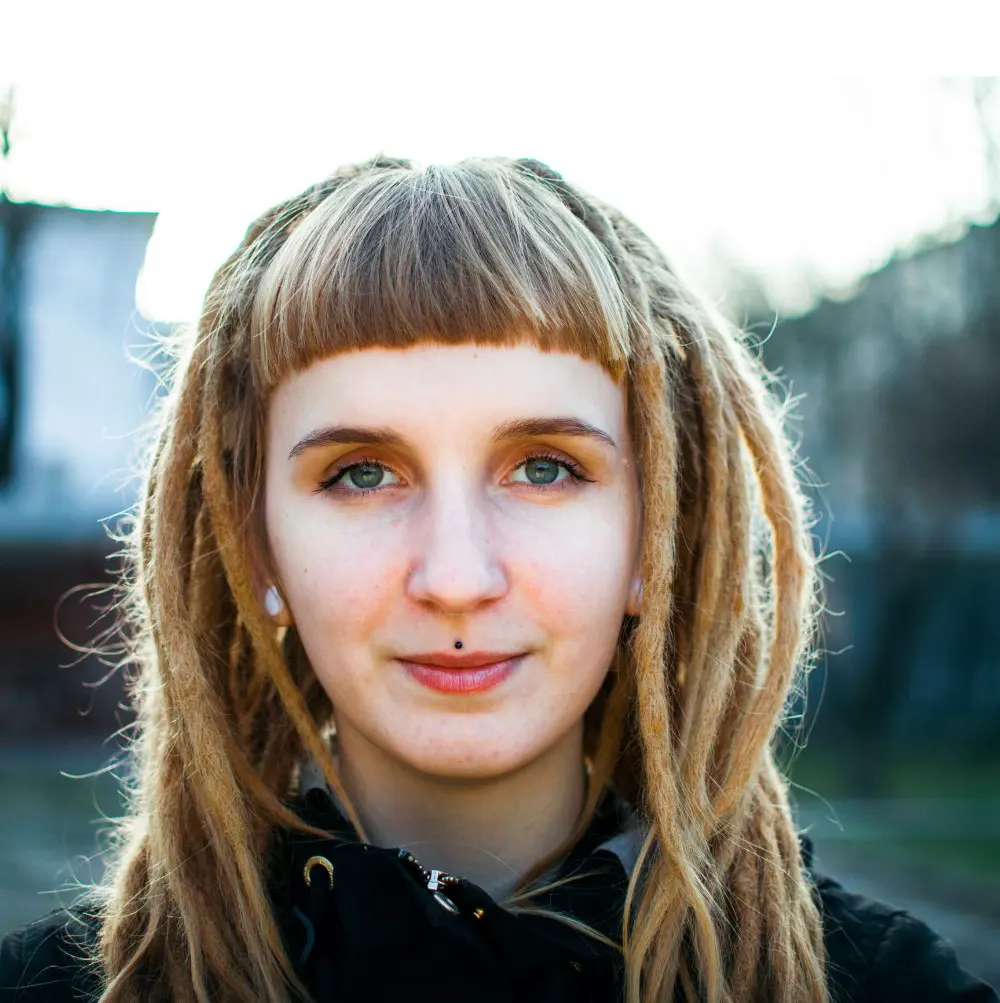
Summary
There are various reasons why white girls wear dreadlocks. Some wear them to express their individuality and creativity through a unique hairstyle. Others are attracted to the cool aesthetics of dreadlocks.
Some white girls appreciate the countercultural or spiritual aspects associated with dreadlocks. In contrast, others may genuinely want to participate in the cultures that created them, though this can be viewed as cultural appropriation.
It’s important to consider the cultural and historical significance of dreadlocks, especially within black communities, and approach them respectfully and understanding. White individuals wearing dreadlocks should know the potential implications and ensure they adopt the hairstyle responsibly.
FAQ
What do dreadlocks symbolize?
Dreadlocks are often associated with the Rastafari movement, in which they are symbolic of the Lion of Judah and a sign of one’s commitment to the faith. In African cultures, dreadlocks are sometimes associated with strength and spiritual power, and in Hinduism, the practice of dreadlocks is common among Sadhus who follow Shiva.
Are dreadlocks permanent?
No, dreadlocks are not permanent. They can be undone by cutting or unraveling them. It is important to note that undoing dreadlocks can be a difficult and time-consuming process.
Did Native Americans have dreads?
Some Native American tribes, such as the Cree, have been depicted in historical photographs and artwork with hair that resembles dreadlocks. Additionally, some Native Americans have worn hairstyles involving braids or other twisted styles that may somewhat resemble dreadlocks.
